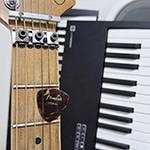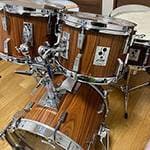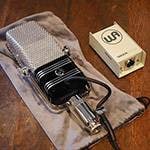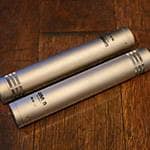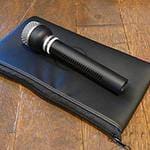Cheena: I recommend reading Part 1 before this article.
⇒ Searching for the Isolated Island of the Great Ocean - Atlansia - Part 1
~Part 2 Contents~
- 1 - ATLANSIA & ABALONE Guitars
- 2 - GALAXY Guitar, ZIPANG & BREEZE Basses
- 3 - BOHEMIAN Bass
- 4 - Unknown Instruments
- 5 - JUPITER, GARLAND & CONCORD Basses
- 6 - ATLANSIA Hardwares
1 - ATLANSIA & ABALONE Guitars
Cheena: Now, let’s talk about guitars.
The designs exclusively used for guitars are the Peleske and Stroke models. There’s also the Abalone Model T-1. The Galaxy model was originally a guitar design that was later adapted for bass, but since details are unclear, I’ll leave that out.
It seems that Abalone was a sub-brand of Atlansia, with all models priced at 185,000 yen (excluding tax). The 4-string bass had a body shape similar to a Jaguar Bass, while the Model T-1 resembled a Telecaster.
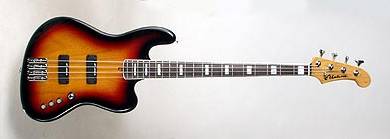
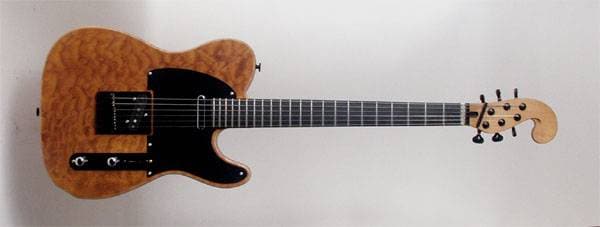
Nemoto:The Abalone Bass is one of those instruments I wish I had bought...
I really loved the design of the Peleske. That creature-like aesthetic was just outstanding. The Victoria guitar, maybe because of its shorter neck, didn’t look as impressive compared to the bass. The Galaxy seemed to fit better as a guitar, so if it was originally designed for that, it makes sense.
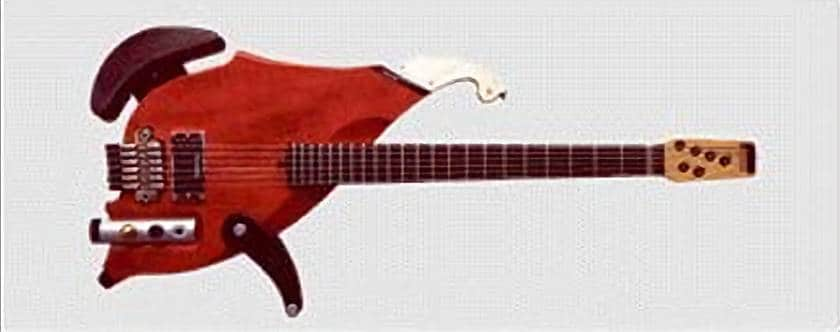
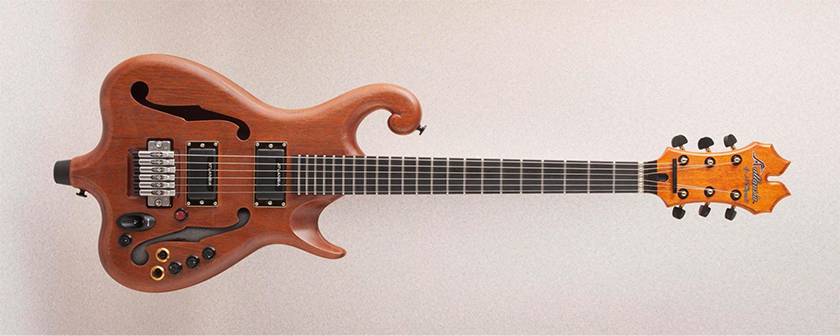
Cheena:Peleske is incredible... The headstock is quite unique, but when you check the patent page, you realize just how insanely complex its structure is.
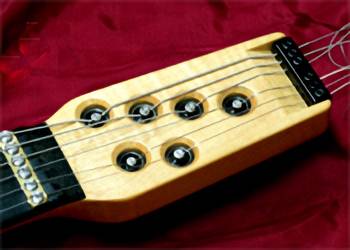
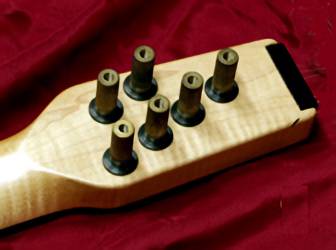
A mysterious tuning system!
2 - GALAXY Guitar, ZIPANG & BREEZE Basses
Cheena:A Facebook post from August 2012 mentioned a new guitar model Galaxy, so it’s quite credible that the Galaxy was originally designed as a guitar model.
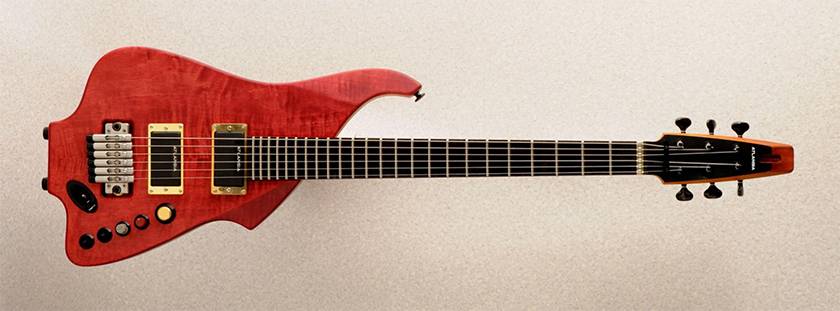
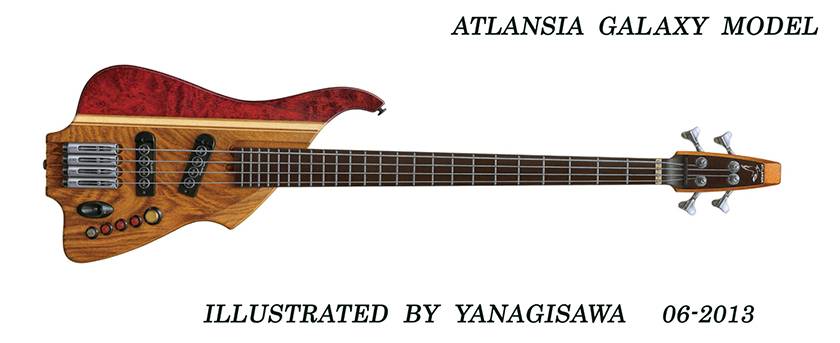
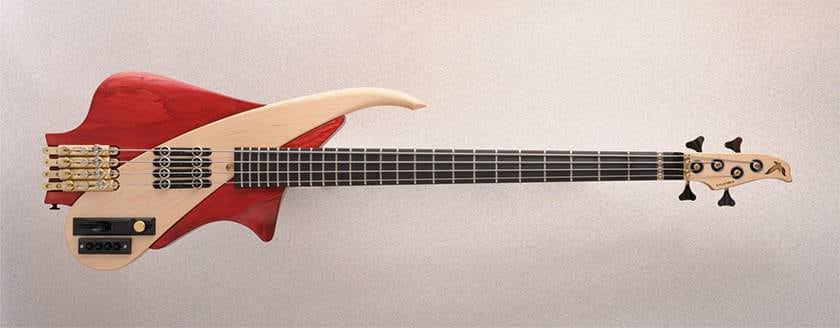
From top to bottom: Galaxy Guitar, Galaxy Bass, and the similarly shaped Zipang (Breeze) Bass. Personally, I suspect that the Breeze Bass is a remixed version of the Galaxy. The headstock design seems to resemble a bird (this was intended for or tested on the Zipang, but the overall shape hasn’t changed much).
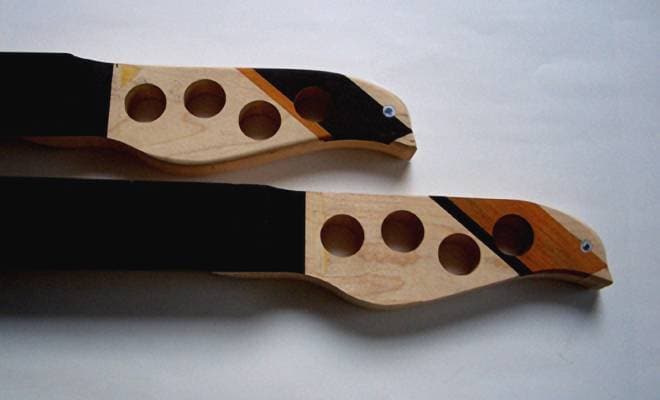
Nemoto:Yeah, there are definitely a lot of similarities.
The center part of the Zipang looks like a comet—maybe that’s how it connects to the Galaxy with a space theme?
Cheena:Atlansia does tend to use space-related names quite often.
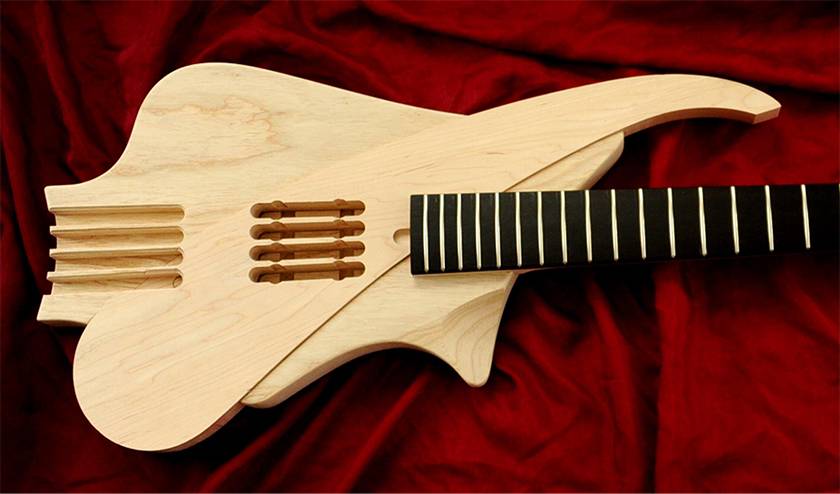
By the way, if you look at this image before the finish was applied, you can see that the center part is actually parted. The routing around the bridge is slightly off-center, and you can tell that the wood grain is different as well.
Nemoto:I didn’t know that. That’s really insightful.
Looking at the unfinished state again, I’m reminded of how meticulously crafted these instruments are...
And since they make almost all the parts themselves, it’s even more impressive.
3 - BOHEMIAN Bass
Nemoto:The latest Bohemian model is pretty interesting.
It’s a single-cut, but it’s bolt-on—that’s rare. And they’ve added angled screws to prevent twisting. But most of all, the way they’ve secured the tuning pegs is just so innovative. I can’t imagine designing something like this.
Cheena:This one, right?
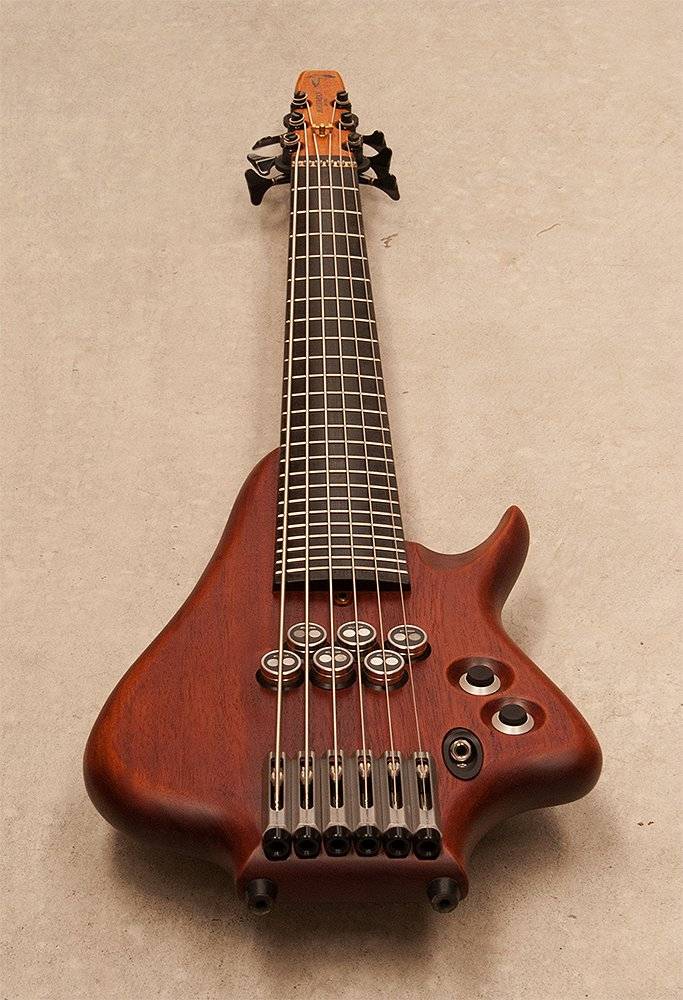
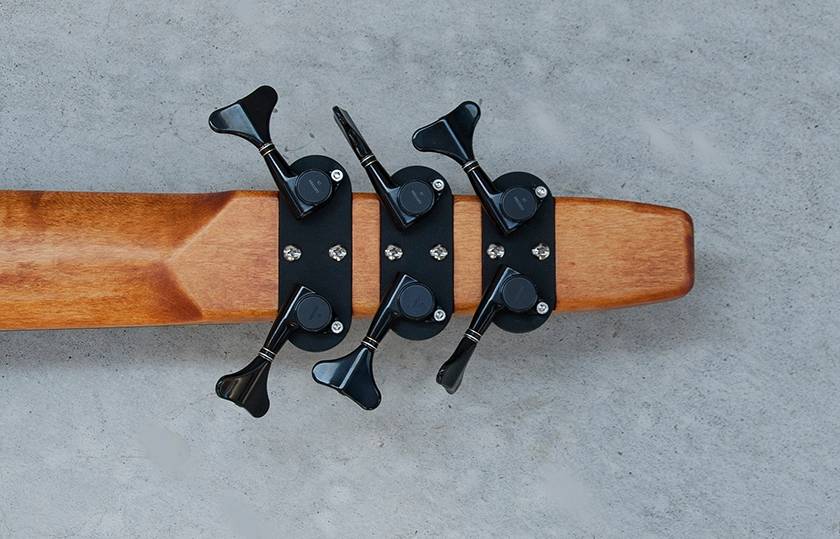
At first glance, it doesn’t look like a bolt-on at all... I feel like I’ve seen single-cuts with angled bolts on some high-end or specialty instruments before. I think it was either Inyen Vina or Penguin Custom Guitar Parts that had a similar design, but since the latter has shut down and IYV has ended its distribution business, their notes and Twitter information are no longer accessible (they’ve been deleted). What a shame.
Nemoto:I was thinking of looking into it, but it’s frustrating when information is hard to find.
Not just for the Bohemian—I’d love to take a closer look at all these instruments.
Cheena:The images in this article are borrowed from Atlansia’s official Facebook page.
For images not available there, I’ve taken those from the official website and enhanced them using waifu2x-caffe with level 2 noise reduction for better clarity.
Nemoto:That’s really thoughtful. Much appreciated!
So, what should we talk about next?
4 - Unknown Instruments
Cheena:One topic I’d like to bring up at some point is the instruments that remain completely unknown...
Among the instruments mentioned on Atlansia-related pages, Eden, Otapman, Peleske 2, Ryūmeikin, Egmont, Leonore, Nasuka, and Polaris are still considered prototypes or have no available details, making them largely a mystery.
Here’s what we do know so far:
- - Eden
- A 7-string, 43-fret multi-scale stabilizer guitar. According to Mr. Hayashi, it’s not really practical to play and has many shortcomings.
- - Otapman
- A 6-string stick-style instrument, likely an experimental model. Features include pickups positioned to clamp the strings along with the body, a U-shaped metal plate headstock called Kabuki Head, and a hook to sling the guitar over the shoulder.
- - Ryūmeikin
- Exists only as a concept sketch. A 7-string, 43-fret instrument described as “a stringed instrument with an unprecedented range, designed mainly for tapping techniques.” It’s likely an improved version of Eden.
- - Peleske 2
- Appears on the patent page and is considered a new model of the Oxford.
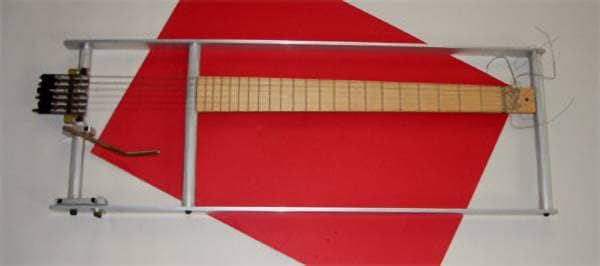
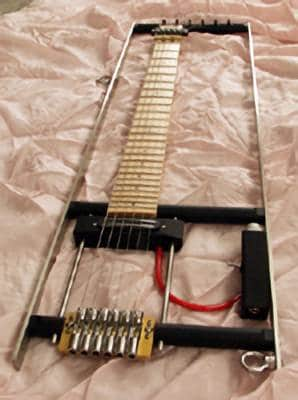
- - Basooka
- Appears only as a concept sketch on the patent page. An upright bass where the case integrates with the body to act as a resonator.
- - Egmont
- As of January 22, 2022, only the design was revealed.
- - Leonore
- As of July 3, 2022, still in production.
- - Nasuka
- Appears only by name on the official page, alongside the Polaris Bass.
- - Polaris
- Appears only by name on the official page as a wide-pitch 7-string and 8-string bass. They were also requesting taglines for it, so it seems likely that it has actually been made.
※Additional Note
As of the end of September 2022, the “All Models of Atlansia” posted on Facebook did not mention the names Nasuka or Polaris.
However, since it was also stated in the same post that they “don’t remember all the model names,” it is possible they were simply forgotten.
In Part 1’s initial list, only those instruments that have been confirmed as produced are included. If anyone has further details about these instruments, please let me know (second request).
Nemoto:Some of these I know, but others I don’t.
Cheena:Some are just names and concept art tucked away in the corner of a patent page...
I’m particularly hopeful for Leonore and Egmont, as they seem to have some potential.
Nemoto:Since many of these have been discontinued, I guess their stance is to always keep creating new things.
Cheena:That’s probably it...
5 - JUPITER, GARLAND & CONCORD Basses
Cheena:It seems Jupiter was discontinued as of 2014.
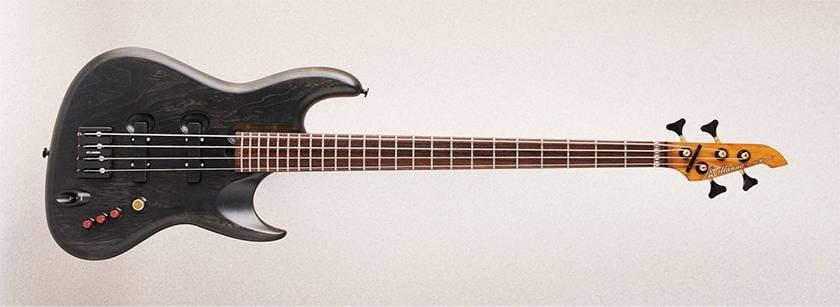
The strange thing about this image of the Jupiter is that it has 4 knobs, even though it has 2 pickups... According to the official website, Jupiter has a 1V3EQ1Bal configuration, so something is missing. If I had to guess based on appearance, it would be the volume.
Nemoto:Maybe it’s a stacked pot, or the EQ has been reduced from 3-band to 2-band.
Still, Jupiter being discontinued... I wonder if they’re trying to move away from designs that cater to the mainstream. But then again, Garland has a shape that’s close to a PB, so maybe they haven’t completely abandoned that idea. Since Garland and Concord are both parts of the dual concept, one can’t really be removed entirely, can it?
Cheena:Garland is this one, and Concord is the second one.
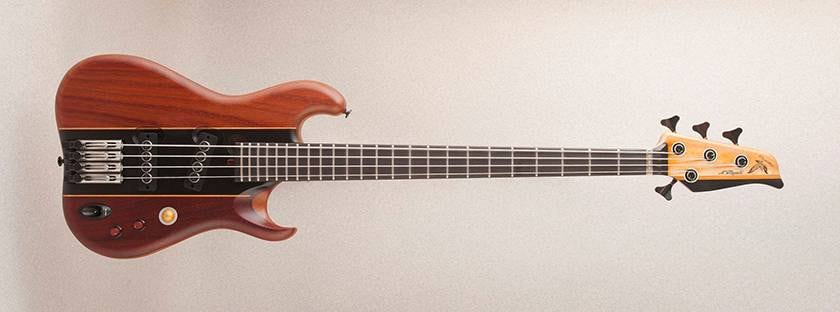
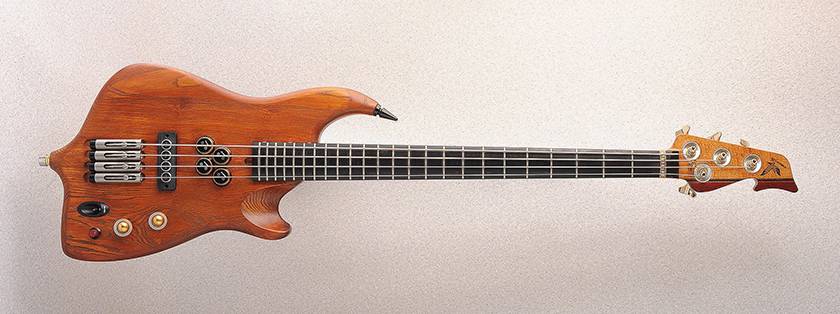
It seems the so-called single-cut semi-hollow, The Century Bass, has also been discontinued... It’s not really surprising to interpret that the more common shapes are being phased out. It’s a shame...
Nemoto:There seem to be a lot of models with fewer than 100 units produced... Somehow, I get the feeling that Mr. Hayashi is an inventor.
Cheena:Yeah... It feels like he creates a lot of innovative things, tries them out, and then sells the ones that turn out well. That’s the vibe I get when looking at Atlansia’s circuit-mount kits.
Nemoto:The variety and combinations of metal parts are quite overwhelming. It’s tough to memorize...
Cheena:Should I introduce this as well?
Nemoto:Honestly, I’d like to introduce everything, but that would take too long, and people could just check the website. So maybe we should only introduce the ones that stand out.
6 - ATLANSIA Hardwares
Cheena:Alright, let’s each introduce two things that catch our interest.
I’ll start with...
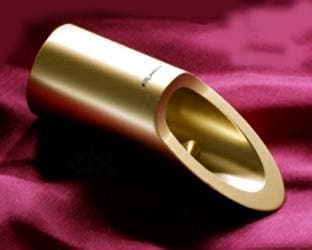
The jack mount has a simple cylindrical shape. It can be installed by drilling a hole with a single drill bit, then fixing it with just one screw.
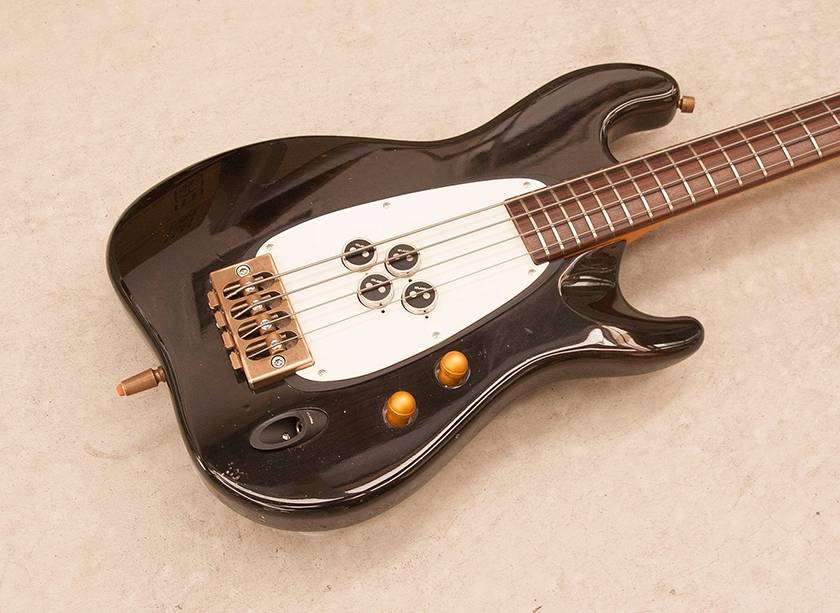
It has a similar entry angle to a Strat-style boat-shaped jack plate, with similar functionality, but it’s even easier to install and features a structure that’s difficult to imitate (because no matter what, an overhang is created, so it has to be carved with CNC. The surface treatment is anodized). This gives it a strong Atlansia feel.
Nemoto:The boat-shaped plate is made by pressing, right? I also prefer this one. Well then, I’ll start with the Burton 2.
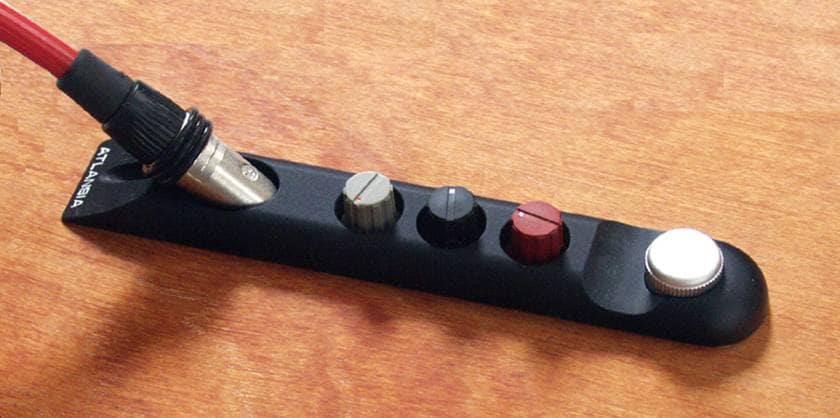
An Atlansia control plate, part of the Burton series. The volume knob is lowered, which is a distinctive feature.
What caught my attention is that it looks super easy to use. Since the volume knob is mounted a little further away, it’s easy to find even on a dark stage.
It’s not that unusual to have it a little farther apart, but the fact that the volume knob is lower in height makes it less likely to get caught on things, which is great. While the lower height reduces operability slightly, the knob is large enough that it’s not a huge loss. The benefit of having a lower protrusion is much greater. Well done. You can spend time setting up the EQ beforehand, but with the volume, you’ll want to make small adjustments even during the performance.
Cheena:This is great. Atlansia is known for its knob recesses, and many of their knobs are designed so that the top doesn’t protrude from the body.
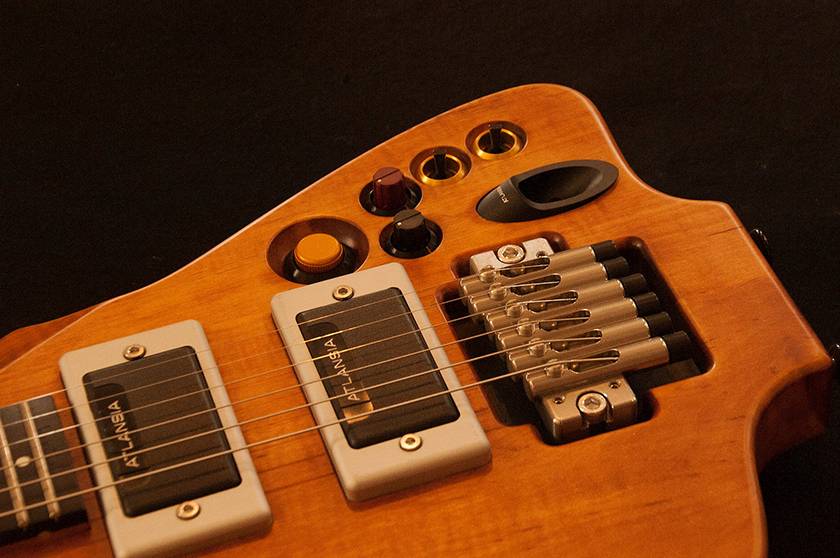
Both the top and bottom have the Oscar shape, right? The knobs in the EQ section are a bit higher and protrude, but that’s part of the charm...
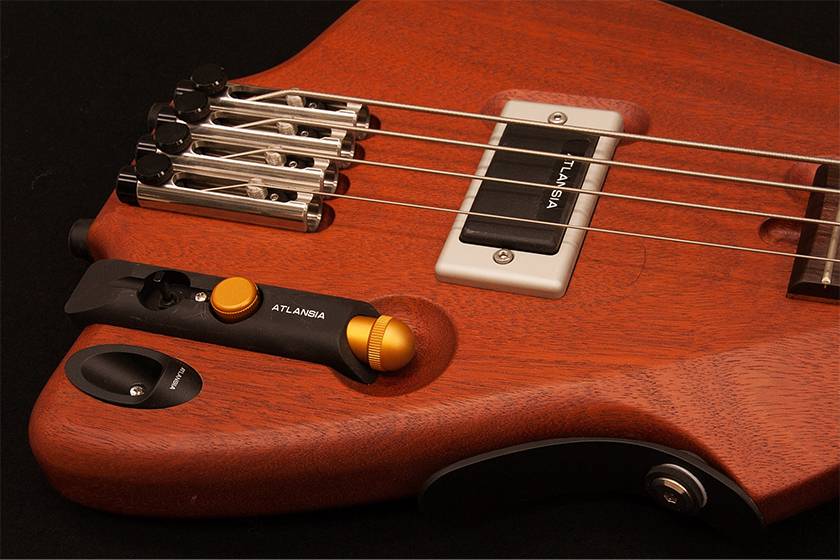
What I want to introduce here is the side-mounted knob. The image below shows some that are mounted diagonally (this one uses washer mounts instead of Burton), but I still think the horizontal ones have more of an impact visually. It’s nothing like the preset knobs on Jazzmasters or Jaguars. The structure is the same, though...
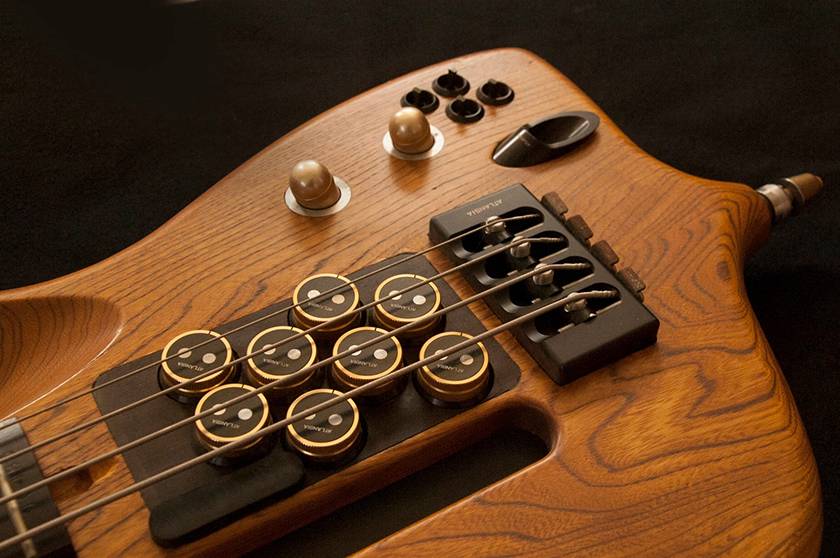
Nemoto:With side-mounted ones, I wonder about usability. It probably feels good, but I’d like to try it. Next, here’s this:
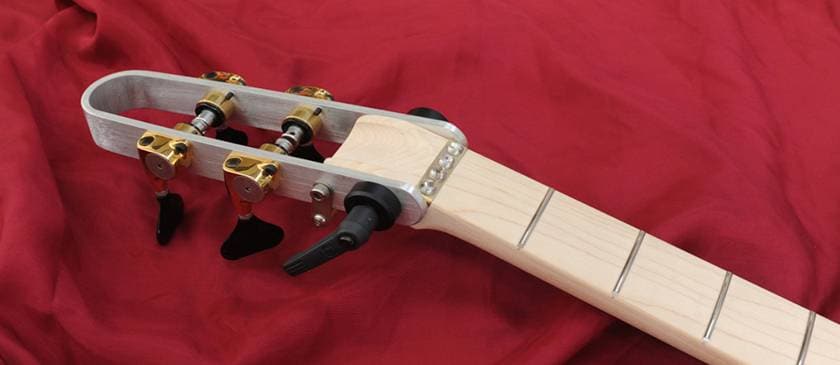
Kabuki Head!
A mysterious feature where you can change the head angle.
Gibson’s head angles have changed slightly over time, but with this, you can specifically test how it changes. I want one.
Cheena:This is the same head used in the previously mentioned Otapman. If handled well, I wonder if it could create a bend-like effect...
Nemoto:It’d be interesting if you could lower all four strings by a half-step. With the tuning pegs, it might be difficult to adjust the string length precisely, so I think it wouldn’t work unless the headstock is removed and the movable part is on the tailpiece.
Cheena:Atlansia would probably try it...
Nemoto:If Atlansia doesn’t do it, we’ll have to do it ourselves...
Cheena:It’s a bit like a Trans-Trem as well. Oh, we haven’t introduced the bridge yet.
Nemoto:Yeah, true. I was thinking about doing it, but this is getting pretty long. Should we pause here for now?
Cheena:Let’s do that. Although, I feel like we’ve only covered about 40% of it... It’s quite the extravagance!
Nemoto:Alright, then let’s continue in the next part! Thanks a lot.
The column “sound & person” is made possible by your contributions.
For more information about submissions, click here.






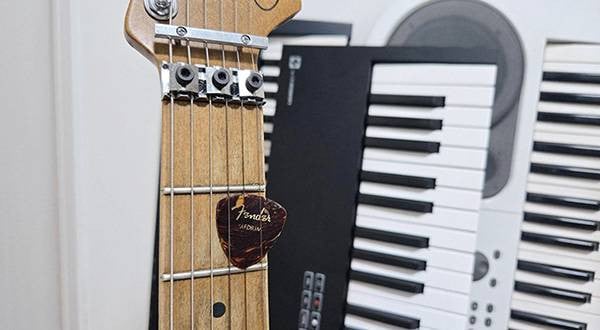
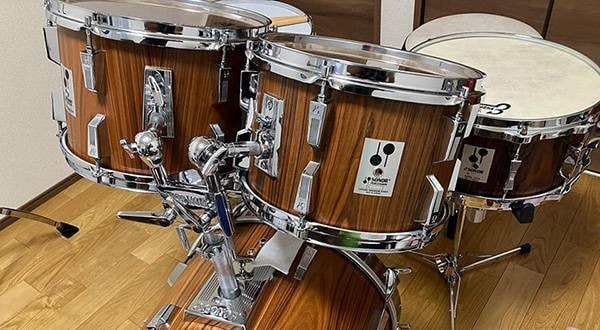
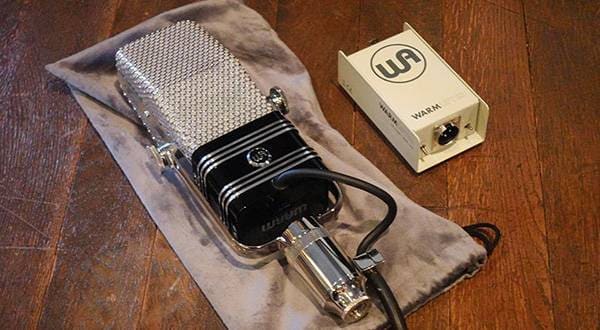
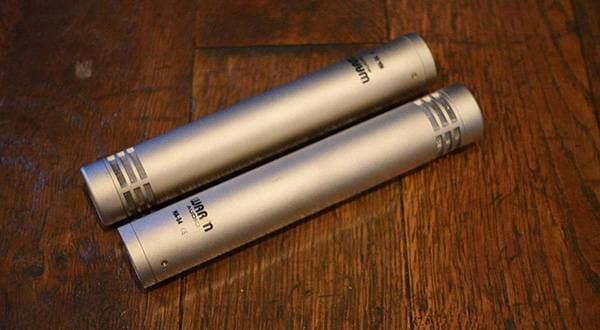

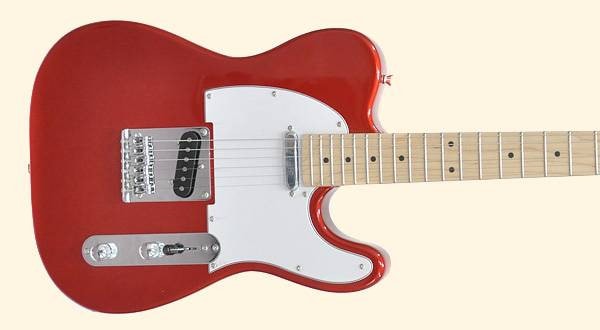
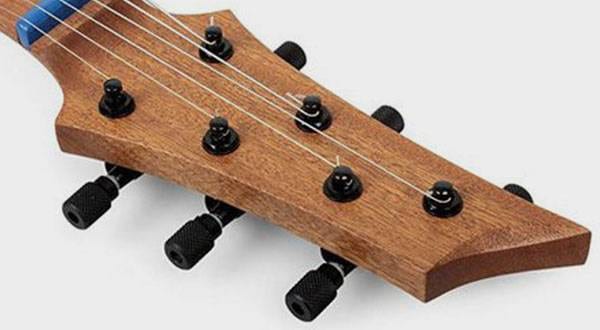
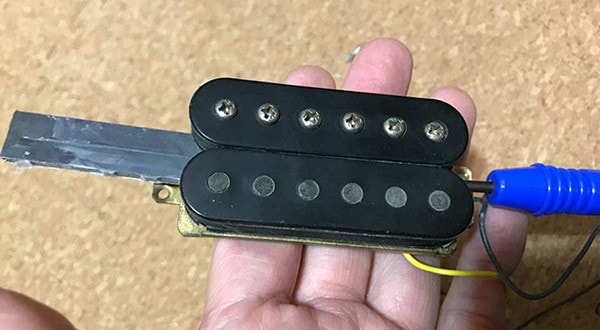
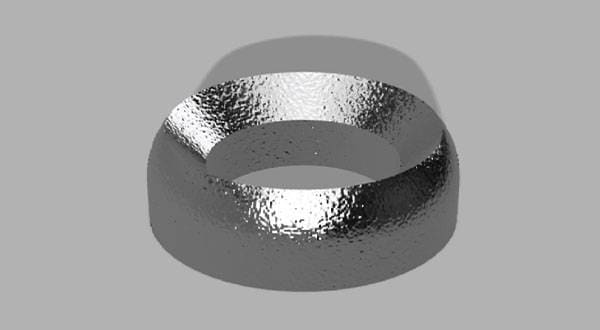
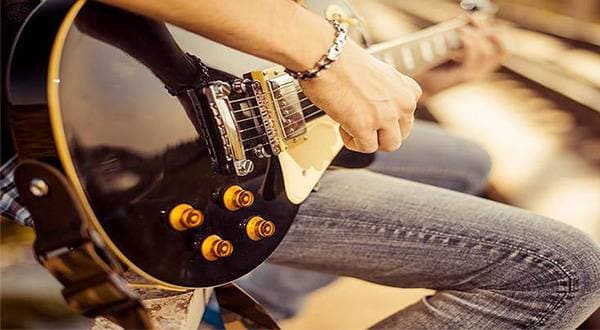
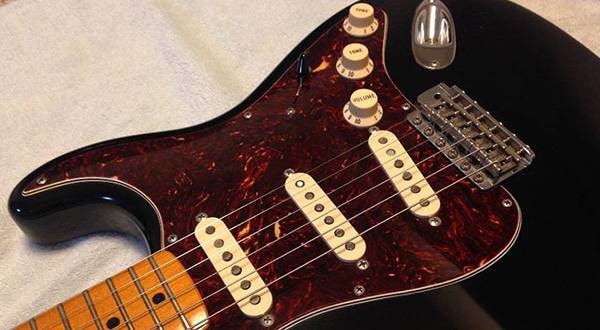
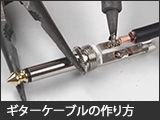 ギターケーブルの作り方
ギターケーブルの作り方
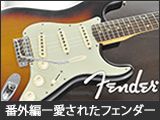 愛されたフェンダーギターたち
愛されたフェンダーギターたち
 ギターの種類
ギターの種類
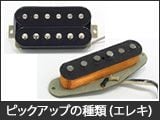 ピックアップの種類(エレキギター)
ピックアップの種類(エレキギター)
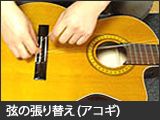 弦の張り替え(アコースティックギター)
弦の張り替え(アコースティックギター)
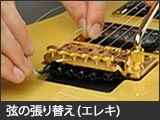 弦の張り替え(エレキギター)
弦の張り替え(エレキギター)
